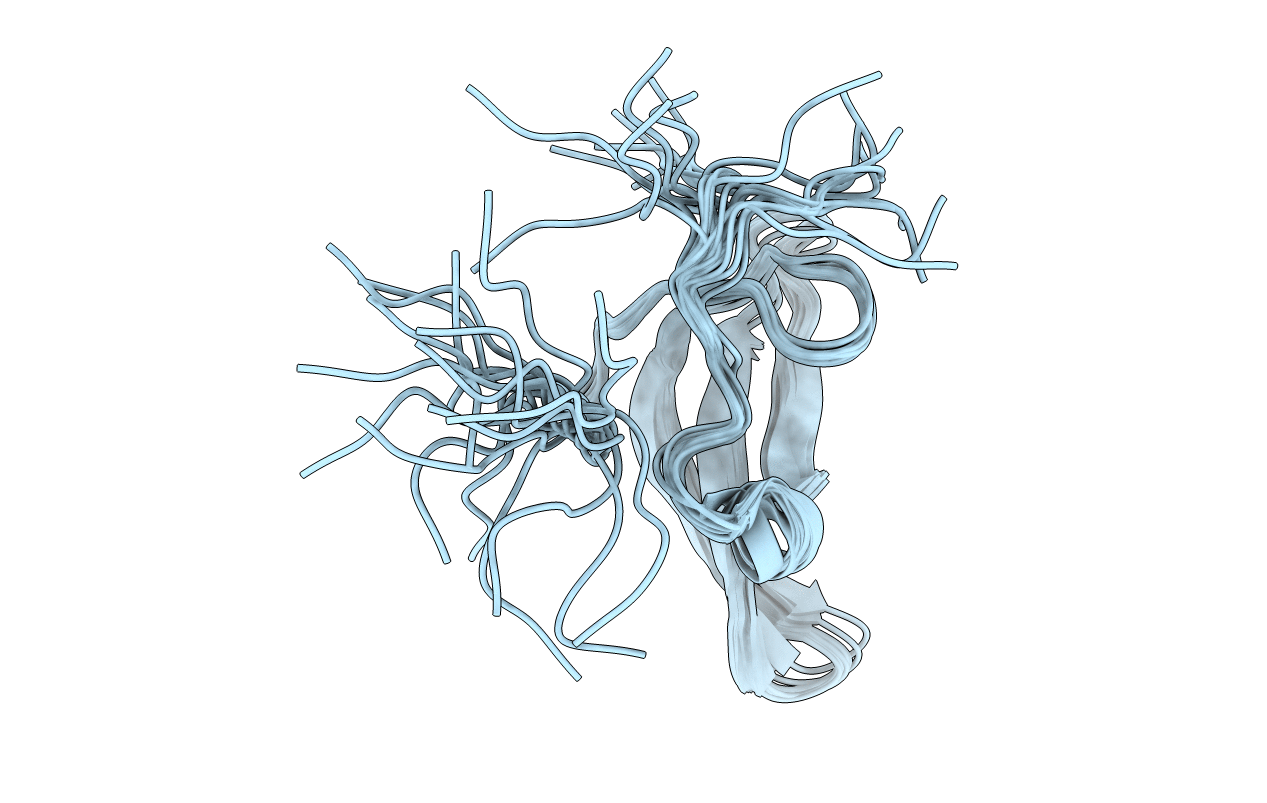
Deposition Date
2012-05-14
Release Date
2013-11-13
Last Version Date
2024-05-15
Entry Detail
Biological Source:
Source Organism:
Myxococcus xanthus (Taxon ID: 246197)
Host Organism:
Method Details:
Experimental Method:
Conformers Calculated:
100
Conformers Submitted:
20
Selection Criteria:
target function


